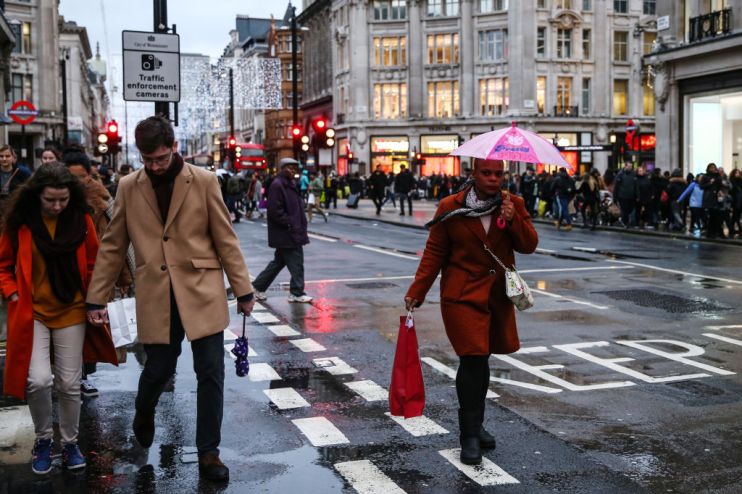Stop clinging to the last century and let the high street evolve

Every January, without fail, the hand-wringing begins.
After predictably poor Christmas retail results, everyone wants to know: are we seeing the death of the high street?
The gloom doesn’t stop. Last week, the boss of John Lewis was the latest to lament the retail landscape, warning of potential store closures and job losses.
Why are we still questioning the high street’s future? Haven’t thousands of shop closures, the disappearance of household names, and the hollowing out of our town centres taught us anything? It’s a bit like commentators in 2045 asking “is climate change a real problem?” when the first coastal town in Norfolk disappears under water.
Seven years ago, I gathered a team of experts to carry out a review into the challenges facing the high street and called on policymakers to accept that there is already too much retail space in the UK. But for many, the penny still hasn’t dropped.
We need to accept that the twentieth-century model is over, and no amount of nostalgic hand-wringing is going to bring it back. It’s time we asked what a future high street that is no longer dominated by retail looks like, and how can we ensure that they remain the beating heart of communities.
We know some of the answers already. Beyond gloomy headlines of closures and struggling retailers looking for the CVA escape route, a positive new landscape is already taking shape.
The experience economy is going from strength to strength, and Brits are forecast to spend £141bn on leisure by 2022. Research tells us that growing numbers of generation Z and millennials would rather spend their money on experiences than material items, and this is driving high street change through the growth of leisure, entertainment, and new dining experiences.
Likewise, as retail continues to shrink, we’re starting to see more housing on the high street. The number of applications for change of use from stores to homes has doubled over the past five years.
The growth of co-working space, business centres and trendy office studios on high streets gives a further clue to what the future will look like. Research by the Centre for Cities shows that areas with higher levels of modern workspace are more likely to have vibrant and successful high streets than areas that don’t. Leisure, living and working will be key drivers shaping the new landscape.
All these factors point to community being the biggest force powering change. You can see this in the new wave of high street food halls bringing together people from all walks of life to eat under one roof, and in the work by local authorities.
Stockton Council is buying up 1960s shopping centres to demolish them and create more green space and housing, while Bath Council is creating clean air zones to tackle pollution in the city centre. High streets of the future are going to be more liveable, social spaces.
The new reality is that high streets can no longer be synonymous with just retail. In Hull, there are proposals to replace an empty BHS store with an ice rink. In Southend, Havens Department Store was turned into a community hub. And in Stockport, an empty M&S building is being converted into offices and leisure space.
The real question we should be asking is what’s holding up this change and preventing high streets from leaving the last century and grabbing the opportunities of a new one?
There is massive potential to be unlocked, particularly in building civic pride, people’s sense of belonging and local identity. Yet there are still too many places in denial.
The 2020s must be a decade in which high streets finally move from crisis to hope. And we’ll only do that when we move the debate away from retail, onto the future instead of the past.
Main image credit: Getty